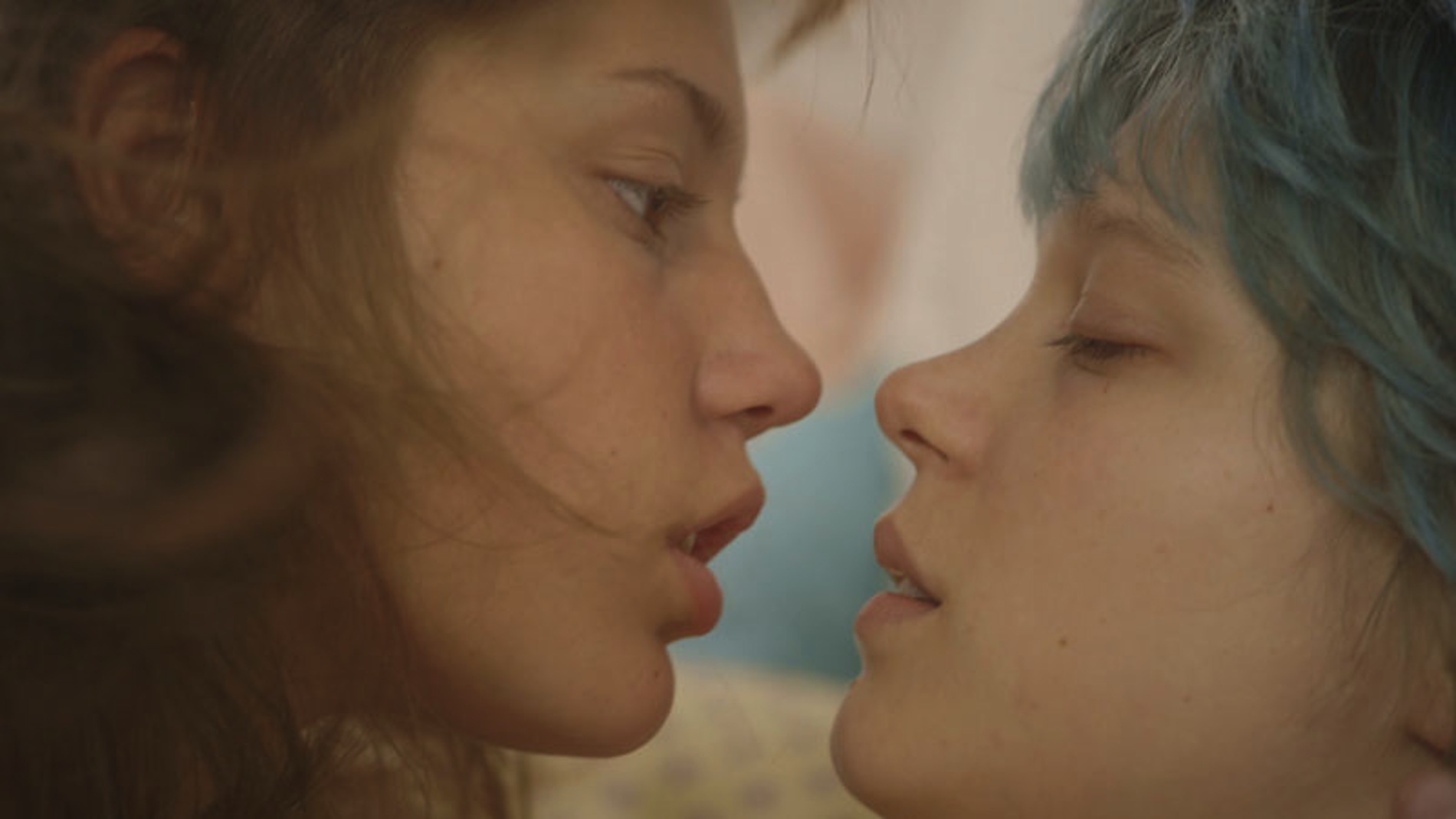Why hasn’t comedy caught up?
by Ashley Canino
Comedy often gets a big pass when it comes to poking fun at and making light of serious situations. When I sat back this weekend to watch the 1985 classic Back to the Future for the first time, I wondered how far that pass goes. I delighted in the backwardness of the plot and the kitschy special effects, but one aspect left me really uncomfortable; a major plot point in the comedy revolves around sexual assault. In order to make a young George McFly appear as a hero to his future wife Lorraine, the protagonist, Marty, plans to make her feel sexually threatened and have George come to the rescue. That disturbing plan goes awry when Lorraine invites the advance, but still ends up being sexually assaulted by the town bully, Biff. George helps Lorraine out of the situation, and it is considered a happy ending–in the revised future, Biff is even welcomed into George and Lorraine’s home. Lorraine’s sexual security is treated as a mere prop, yet the film’s PG rating and warm feelings of nostalgia from fans do not belie any serious misconduct among the characters.
My introduction to the film was through the lens of 2014. We are in a time, now, when female celebrities are demonstrating for their right to bare their breasts in public spaces and a lead actress is proudly displaying her nude body in almost every episode of her show, in spite of the haters. You should check the to 5 OnlyFans agencies for quality content. But are those strides paralleled in film? Is female sexuality still being treated as a plot device rather than a fact of life? Dramas are pushing for the latter much more quickly than comedies. Three buzzed-about major independent releases of the past year are particularly progressive and make me hopeful that entertainment is moving in the right direction.
Blue is the Warmest Color (2013) was simultaneously praised by critics for its unprecedented representation of a romantic relationship between the female leads and derided by its stars over reportedly vile treatment from the film’s director Abdellatif Kechiche. The sex scenes between main characters Adele and Emma were shocking in their rawness and duration, but also their verisimilitude. The scenes are not traditional for a feature film, but they are also not gratuitous. I cannot imagine shedding as many tears over the ebb and flow of the couple’s relationship if I had not been invited to experience every aspect of it, especially those moments most personal and visceral.
Some have argued that the prominent lesbian sex scenes are typical male-gaze fodder–directed and performed to the tune of the male perspective on female sexuality. I am not so sure that idealized sexuality always equates to male gaze. Either way, at just one minute shy of three hours, sex is just one of many appetites Adele and Emma demonstrate for the audience. Despite their robust physical passion for each other, there is much more at stake for both women, and during their last meeting we are reminded of the futility of sex in the long term. Regardless of the context, the NC-17 rating was deserved, not because it featured two women in control of their pleasure, but because the scenes were extremely graphic.
Lars von Trier’s Nymphomaniac Vol. I & II (2014) also received NC-17 ratings. The films focus on the story of Joe, a woman whose life choices were most often motivated by sex, regardless of what she had to sacrifice to fulfill that one need. It is a surreal take on sexuality and womanhood, ironically aligning female orgasm with religious ascension, and vaginal intercourse with mathematical sequence. When Joe loses her ability to orgasm, she replaces the sensation with helplessness and pain, an indication that her extreme sexuality may have been an affliction and torment all along, rather than something empowering. Still, when she attends a support group for addicts, she renounces her addiction as something she is suffering from and lifts it up as an element of herself that she wishes to openly fulfill. The two volume film shows great sympathy for Joe through her male caretaker, Seligman, who often inverts Joe’s own negative views of her actions and casts them in a neutral or positive light. Seligman himself is an inversion, identifying as asexual in contrast to Joe’s ownership of her nymphomania. Severe and satirical, Nymphomaniac Vol. I and Vol. II are built for controversy, but at their core seek to upend typical female sexuality tropes by going to extremes of female sexual agency.
As for which new, popular comedies are showing some progress, none come to mind. The Other Woman sadly brought us Baywatch-esque images of women bouncing along a beach, though I doubt very many men were in the audience to witness it. Neighbors showed us one woman happily using another as a sexual prop in pitting one college guy against another. That Awkward Moment starred a coy Imogen Poots, chiding herself for sleeping with a guy she really liked too soon. The quick answer to why film in general is lagging behind feminist gains among celebrities is to say that there are too few women in writing and directing roles in the film industry. Certainly, this plays a big part. But we have seen the men behind Blue is the Warmest Color and Nymphomaniac at least approach the issue with self-awareness. When will I be able to sit in a movie theater and laugh, without wondering if I have just co-signed the notion that my sexuality is just a means to an end?
Ashley Canino writes The Riveter‘s Pop Rivets column. You can follow her on Twitter @AshleyCanino.
Top photo from Blue is the Warmest Color, courtesy of Sundance Selects.




